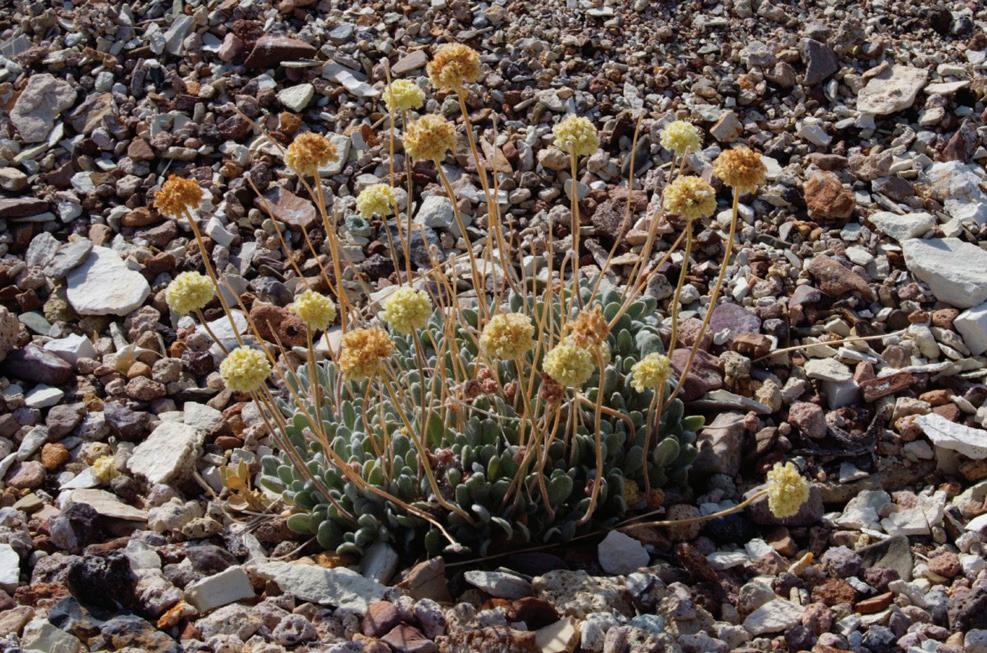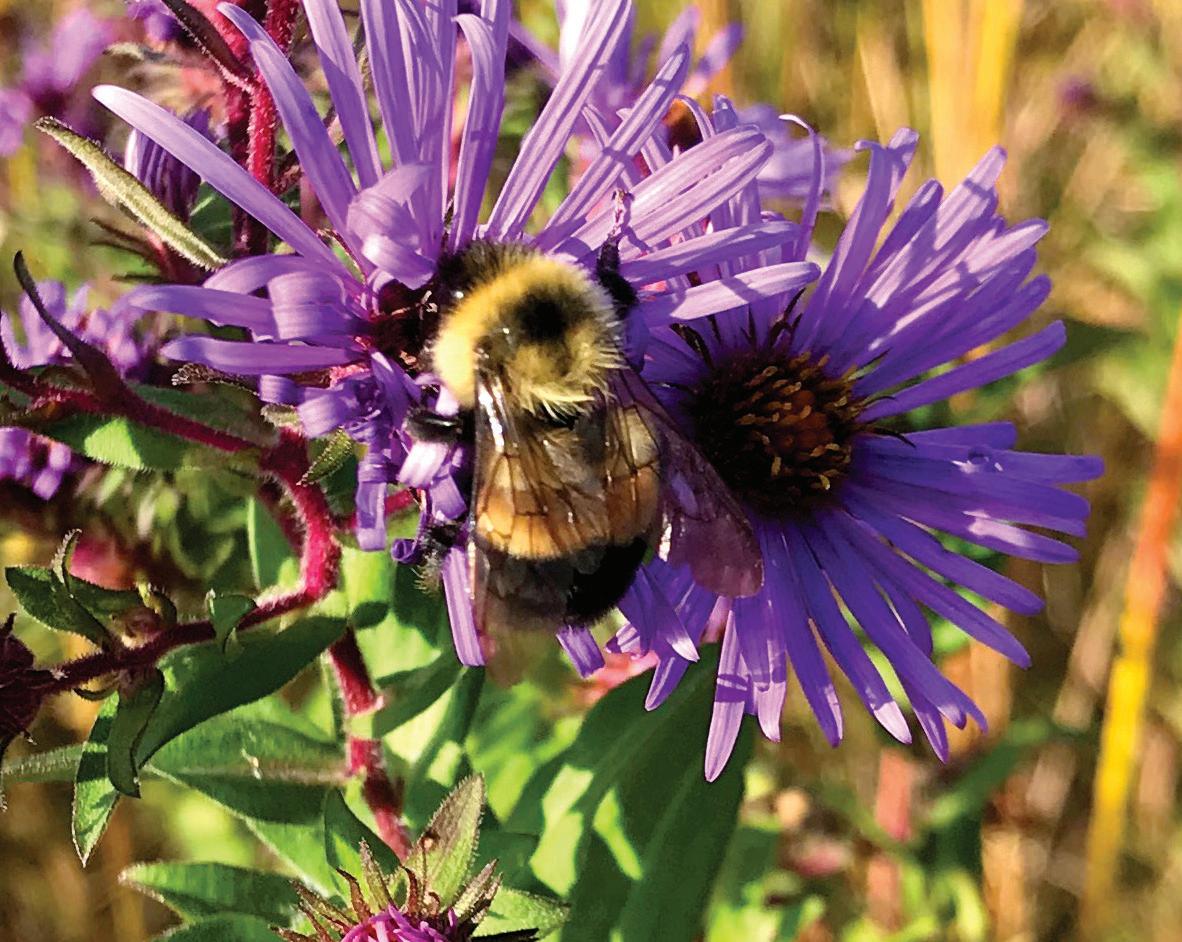
5 minute read
RARE BEE FINDS A HOME ON THE PRAIRIE
A rare rusty patched bumblebee was found in fall 2020 in the Ceresco Prairie Conservancy.
Rare bee, buckwheat species inspire work in the field for Ben Grady
Advertisement
Rusty patched bumblebee found in Ceresco Prairie
When Assistant Professor of Biology Ben Grady was considering coming to teach at Ripon College, the presence of the Ceresco Prairie Conservancy held great appeal.
Last fall on the prairie, Grady and Christina Seese ’23 of Oconomowoc, Wisconsin, discovered a rare bee, the rusty patched bumblebee (Bombus affinis). “I knew of the bee because it was listed on the federal endangered species list a couple of years ago,” Grady says. “It used to be much more common around the upper Midwest. There was a potential for it to be around here because this hits its historic range and it likes prairies. I wasn’t at all sure, but I was really hoping we would find it.”
And find it they did. While completing a preliminary survey of pollinators in the Ceresco Prairie, they took as many photos as they could and came across the bee. They believed they had correctly identified the bee with the help of online guides and images. They sent the images for verification to the Wisconsin Bumble Bee Brigade, a citizen science group dedicated to raising awareness and collecting data on bumblebees. The confirmation was particularly exciting because the bee has never been recorded in Fond du Lac County.
Grady plans to continue investigative work this summer with Gemma Krause ’22 of Ripon, Wisconsin, and Frederick Mannelli ’22 of Williams Bay, Wisconsin.
They plan to document other pollinators and see if they can find the rusty patched bumblebee in other places. “Part of the challenge is to figure out how much trouble they’re in,” Grady says. “The bee is associated with tall grass prairies, and most of those are gone now. My goal this summer is to get a better sense of how many there are here, what types of plants they’re using, when they’re active, etc. This is baseline information. Any of that is helpful in preserving the species.”
He adds, “I don’t think we would have found the bee if it hadn’t been for the restoration efforts of Dr. George “Skip” Wittler (professor emeritus of biology and director of the Ceresco Prairie Conservancy) and other folks.”
Ben Grady works in the field in Yosemite National Park in California.
Grady also is an expert on wild buckwheat, an interest he has held since he was a graduate student at the University of Wisconsin-Madison. This group of plants has limited distribution and grows mostly across the western U.S. deserts, mountains and areas in between.
Last year, Grady was an important voice in discussions surrounding Tiehm’s buckwheat, a wildflower known to grow only in a small, 10-acre patch of the Silver Peak Range in Nevada. “It’s extremely limited in distribution, and it’s always been rare since we’ve known about it,” he says.
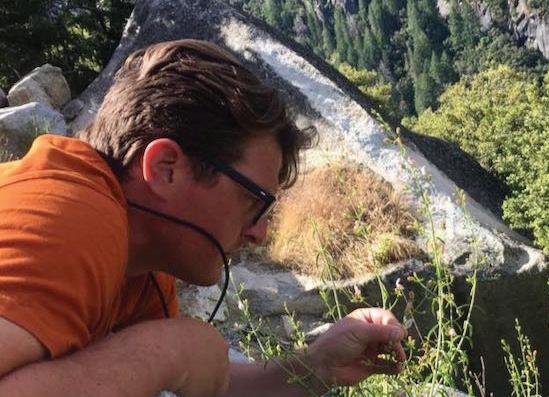
“It is growing on a really strange soil, with high levels of lithium and boron, which is toxic to other plants,” he says. “I find plant species that are restricted to unusual habitats to be quite interesting, and I study how these types of patterns have evolved in plants.”
Tiehm’s buckwheat also is interesting to Grady because it is a critical part of the ecosystem. The local pollinators depend on it for food during May and June since the habitat is otherwise pretty desolate because of the soil. “This plant could help us to understand how plants can grow on toxic soils,” he says.
Tiehm’s buckwheat has had national attention over the past year because a mining corporation plans to construct an open-pit lithium mine right under where the plant is growing. This would put about 2/3 of the entire known world population of Tiehm’s buckwheat at risk.
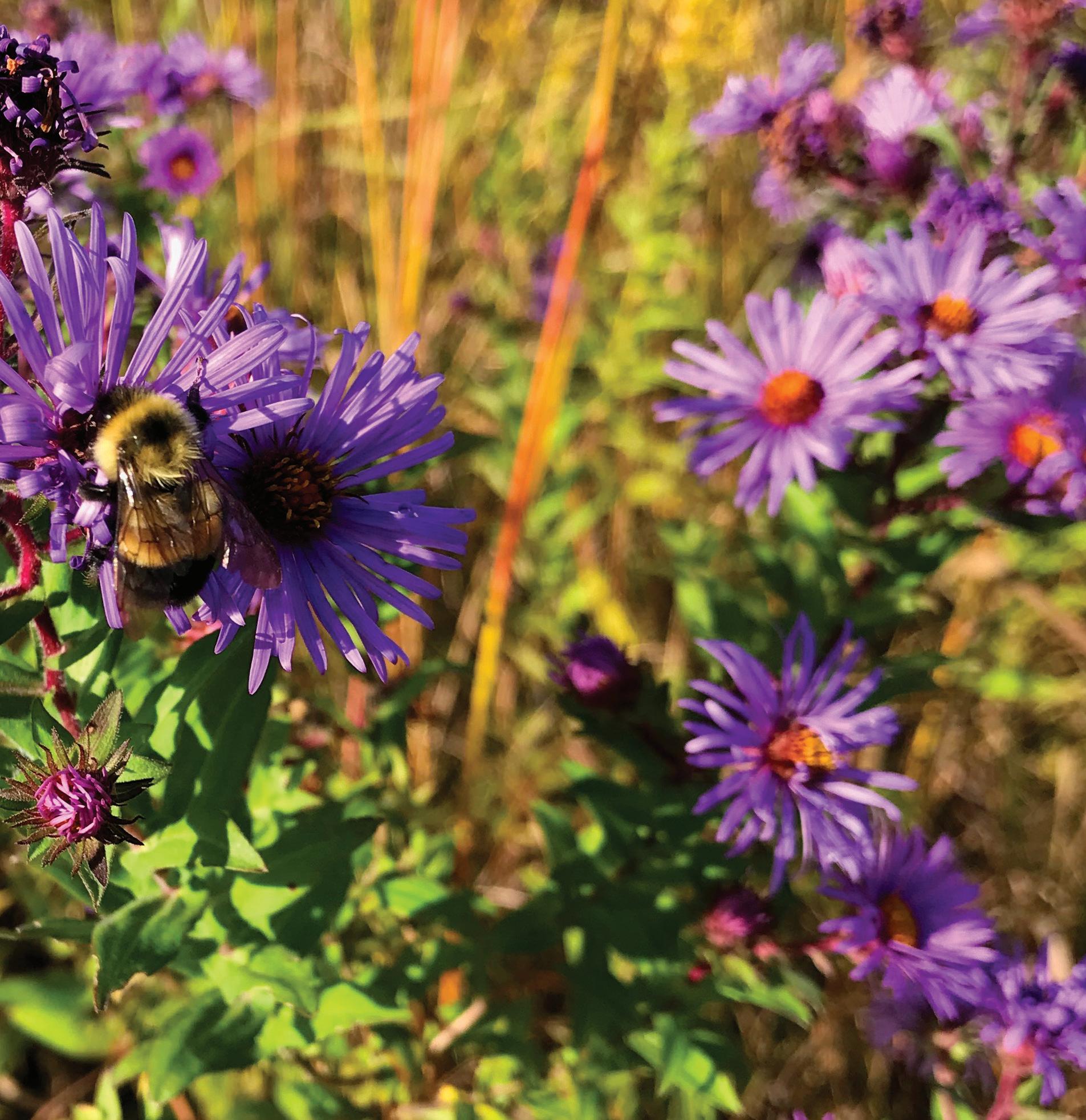
In September 2020, a large portion of the existing population was found with severe damage, and it was unclear whether the damage was from animal predation or from human vandals. There have been multiple lawsuits and investigations as the U.S. Fish and Wildlife Service tries to determine whether to offer protection to the species.
Grady was called in to offer expert advice. “Whatever happened destroyed a lot of plants,” he says. “From my perspective, it just matters that we lost a significant portion of the species that is under even more threat now.”
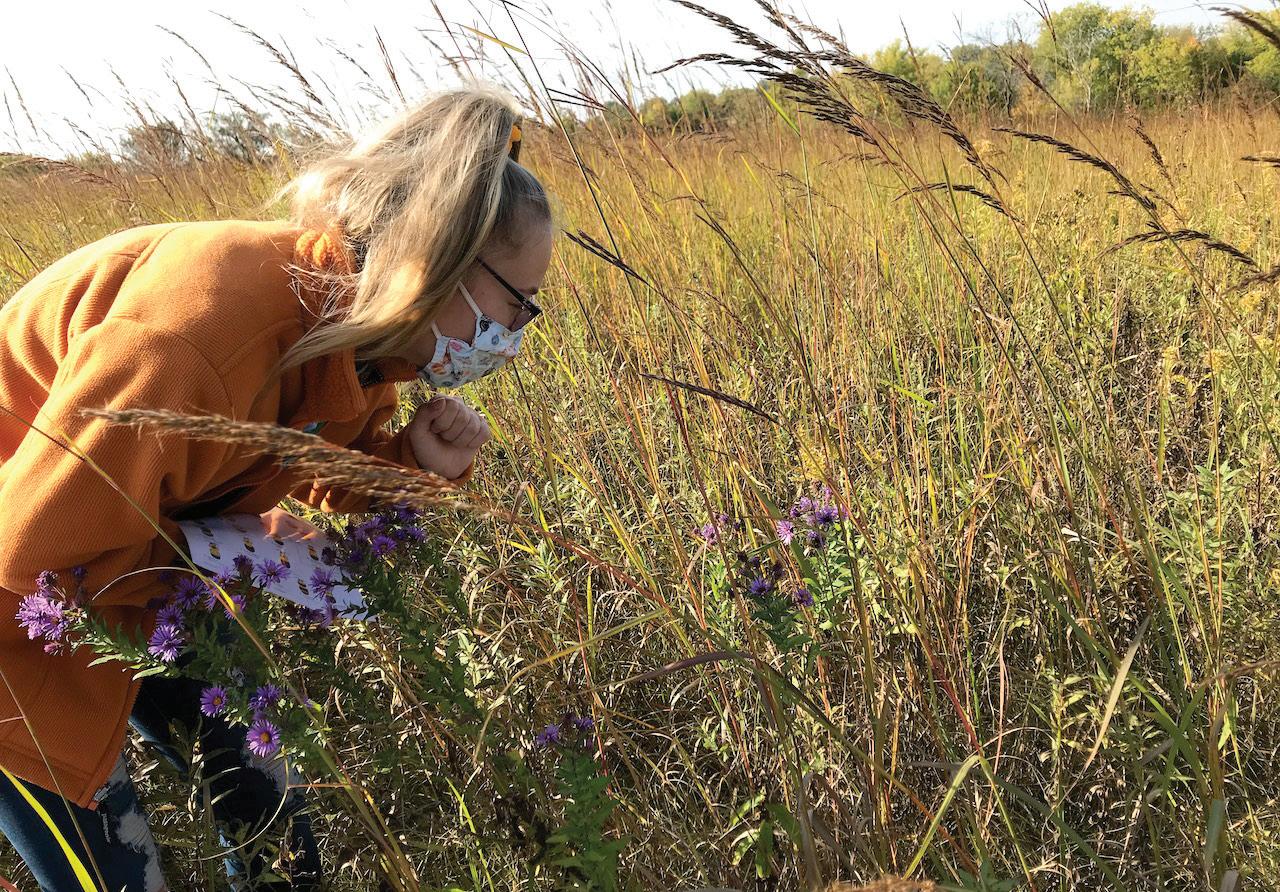
Human destruction has been ruled out. While that is a good thing, the indication now is that this was done by rodents. “Now we have this new problem,” Grady says. “I’ve never seen that type of damage before.”
Theories include that extreme drought has pushed animals to search for new water and food sources. With the threats of climate change and a drastically warming climate, “This type of disturbance could be more common in the future,” Grady says.
Work is underway to earn federal protection status for Thiem’s buckwheat, which potentially could halt the proposed mine project.
“The main importance is that this is a species that has been in this spot for thousands of years,” Grady says. “If humans are leading to its extinction, that is a real problem. Human actions are leading to lots of extinctions right now. If we have the power to prevent this from going extinct, we should do that.
“Ecologically, it provides a pollen source for insects in that area that rely on it. It grows in unusual places. There are things we could learn from this plant with potential for getting other plants to grow in unusual soil.”

JAYE ALDERSON
RIPON COLLEGE EDITOR
JILLIAN HEIDENREICH ’21
MONROE, WISCONSIN
Christina Seese ’23 observes the rusty patched bumblebee in the Ceresco Prairie Conservancy.
In September 2020, about two-thirds of the known world population of Tiehm’s buckwheat was mysteriously ravaged.
